Elephant ear winter
ksokiegonnab
15 years ago
Related Stories

HOUSEPLANTSHow to Force Amaryllis Bulbs Indoors
Enjoy vibrant red blossoms even as gardens turn snowy white, by teaching this hardy repeat performer to ignore the calendar
Full Story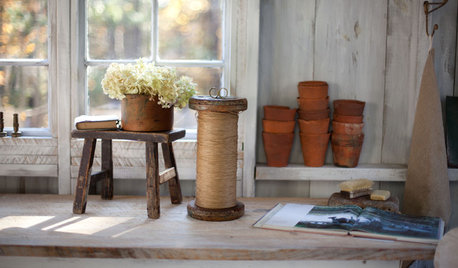
LIFE8 Wonderful Winter Hobbies to Nurture at Home
Make nesting at home this winter even more pleasurable by cultivating new activities and dreaming up meaningful creations
Full Story
HOUSEPLANTSIndoor Winter Gardens for Cheerier Days
Bring plants inside for drab-days mood boosting — not to mention cleaner indoor air and protection for your greenery
Full Story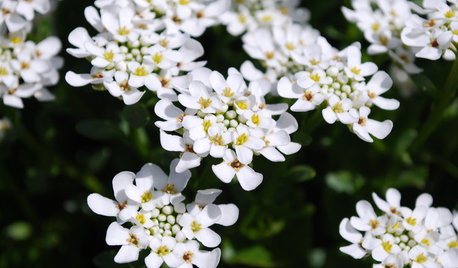
GROUND COVERSGreat Design Plant: Evergreen Candytuft for Glossy Winter Foliage
Keep your garden green through frosty days with this woody subshrub — then delight in sparkling white flowers come spring
Full Story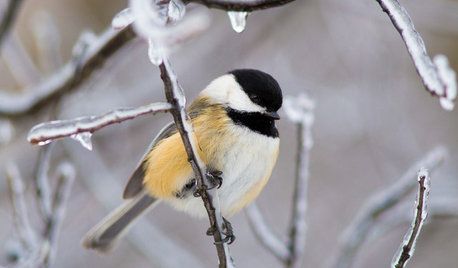
GARDENING FOR BIRDSBackyard Birds: Marvel at Chickadees This Winter
These North American natives flock to bird feeders and entertain with their complex birdcalls
Full Story
HOUSEPLANTS8 Essentials for Healthy Indoor Plants
Houseplants add so much to our homes — and can thrive when grown in the right conditions. Keep these tips in mind
Full Story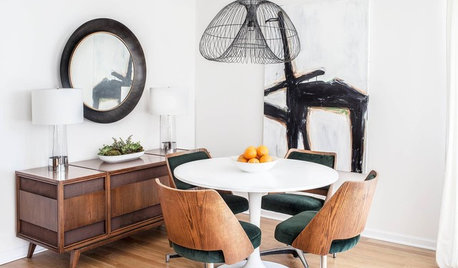
FURNITURE10 Furniture Essentials for Small Spaces
Here are items to opt for when a full-size sofa would be the elephant in the room
Full Story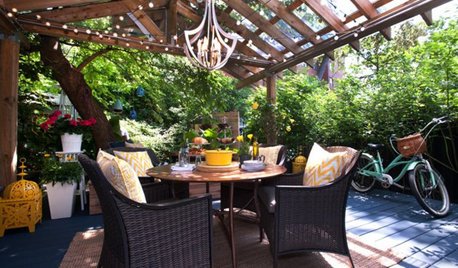
PATIO OF THE WEEKYear-Round Gazebo Glory in Toronto
Lilacs in spring, snuggly blankets in winter. With weatherproof panels and seats aplenty, this gazebo is guest ready all year long
Full Story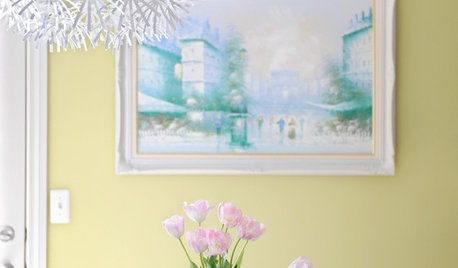
HOUSEKEEPINGTo-Dos: Your March Home Checklist
It’s time to rid yourself of winter’s heaviness and set up for spring
Full Story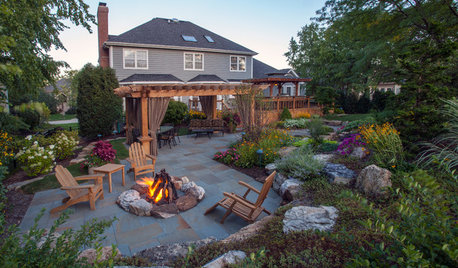
GARDENING AND LANDSCAPING3 Ways to Bring the Heat to Outdoor Living Spaces
Here’s what to know about surviving winter’s bite with an outdoor fireplace, fire pit or heat lamp
Full StoryMore Discussions






Okiedawn OK Zone 7
seedmama
Related Professionals
Norfolk Landscape Architects & Landscape Designers · Tempe Landscape Architects & Landscape Designers · Glen Ellyn Landscape Architects & Landscape Designers · Horsham Landscape Architects & Landscape Designers · Dudley Landscape Contractors · Emmaus Landscape Contractors · Fort Mill Landscape Contractors · Mission Landscape Contractors · Munster Landscape Contractors · Tewksbury Landscape Contractors · Wallingford Landscape Contractors · Wallingford Landscape Contractors · Frisco Decks, Patios & Outdoor Enclosures · Layton Decks, Patios & Outdoor Enclosures · Rantoul Decks, Patios & Outdoor EnclosuresksokiegonnabOriginal Author
Okiedawn OK Zone 7
barton